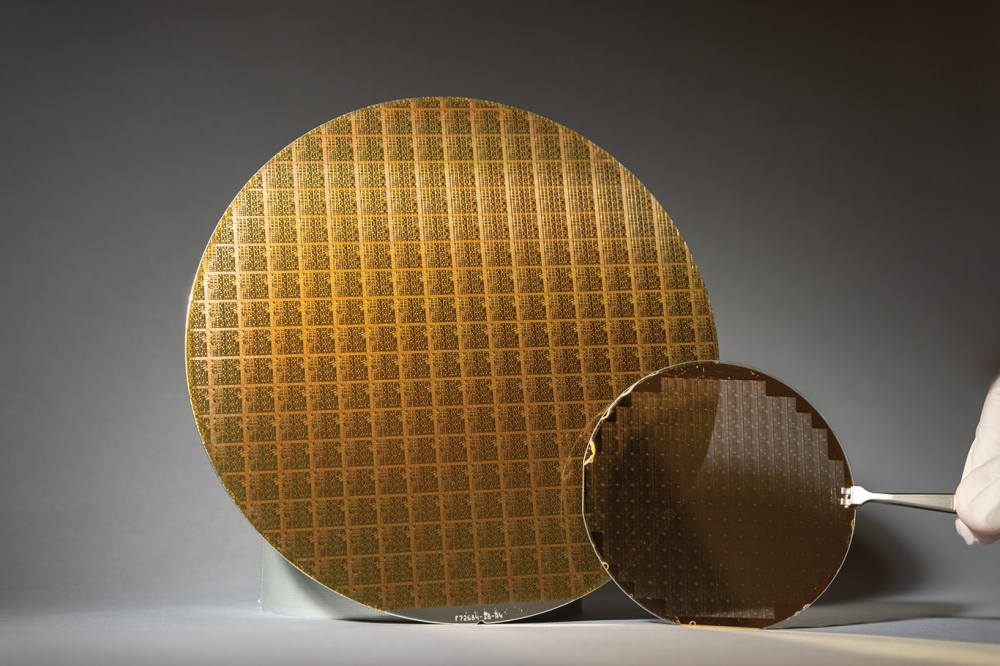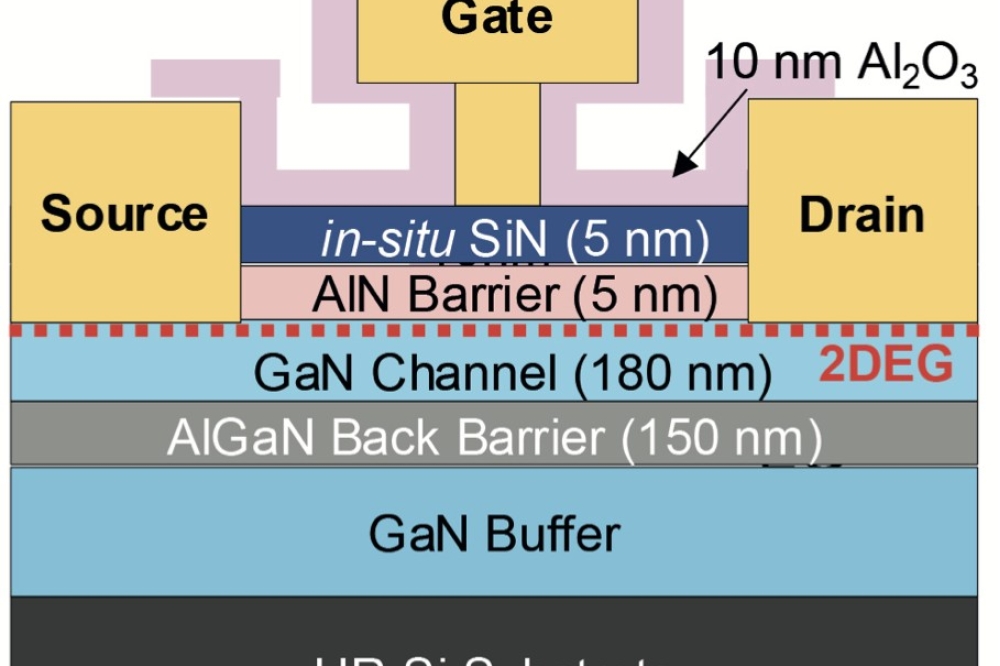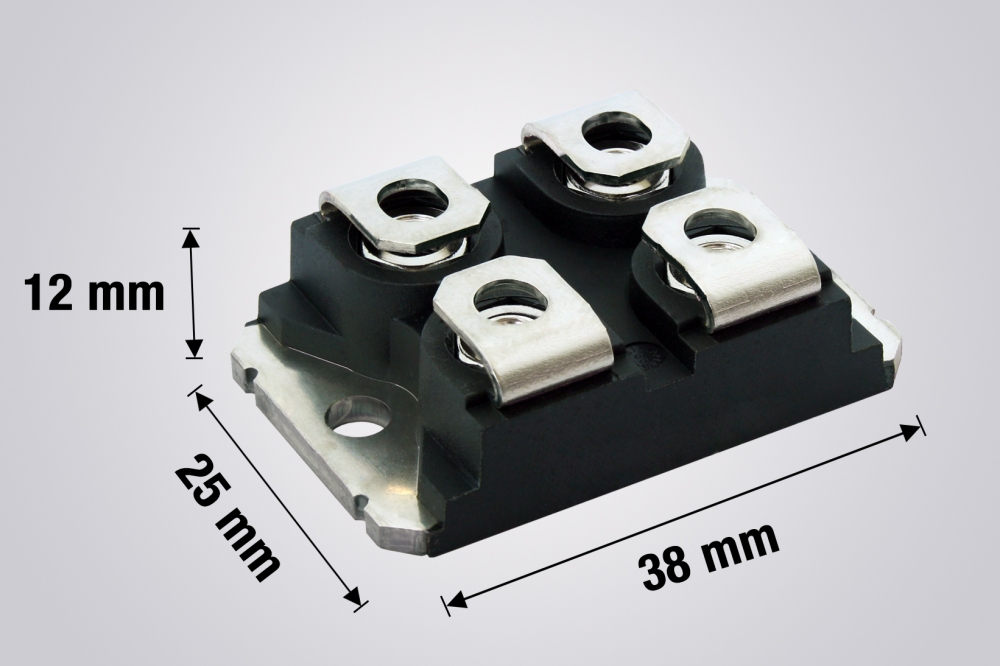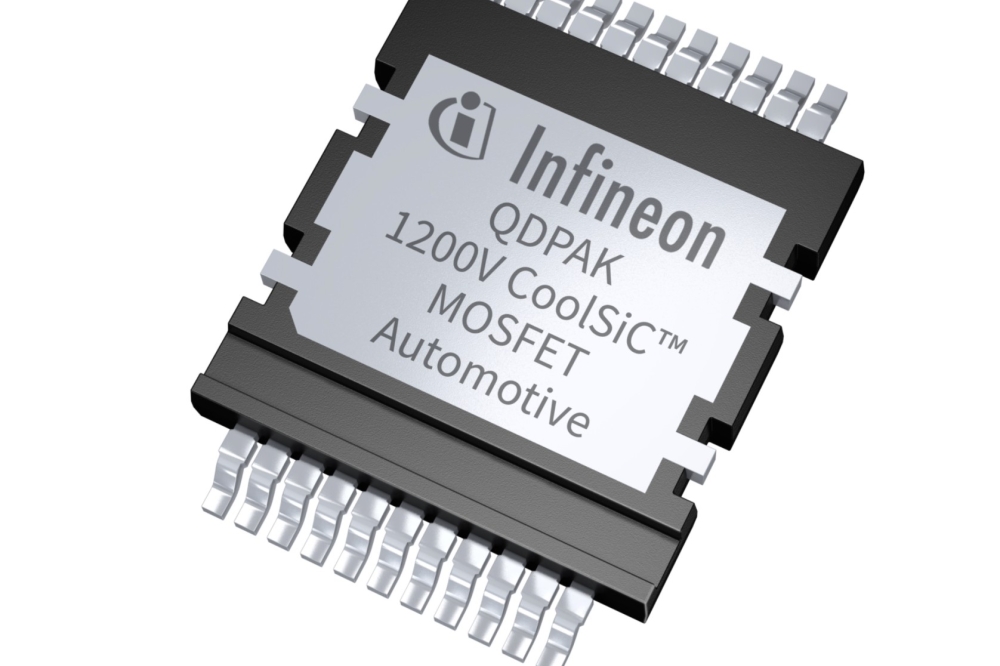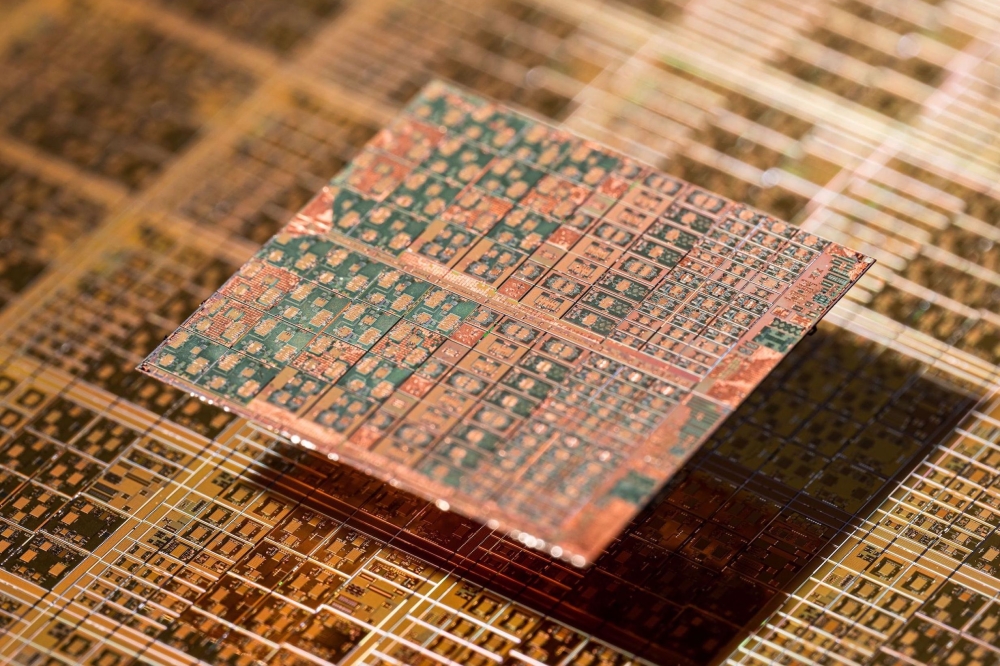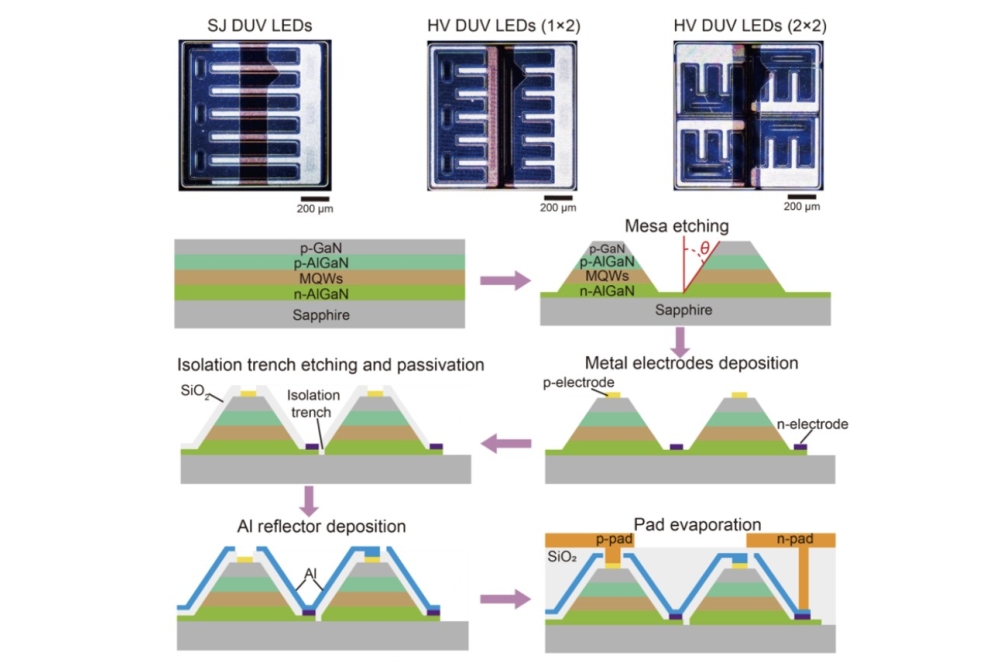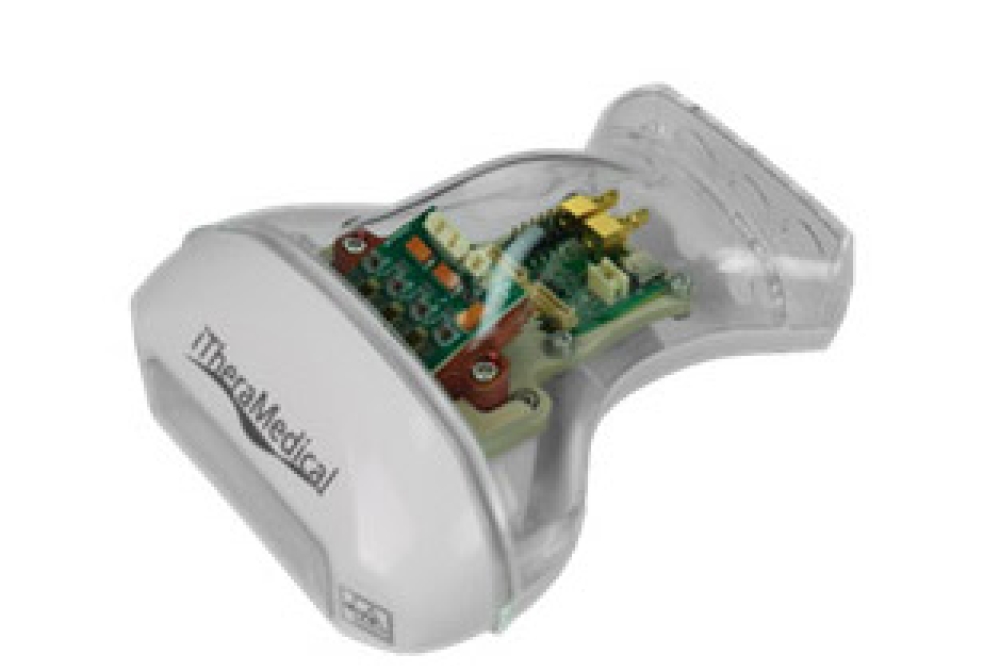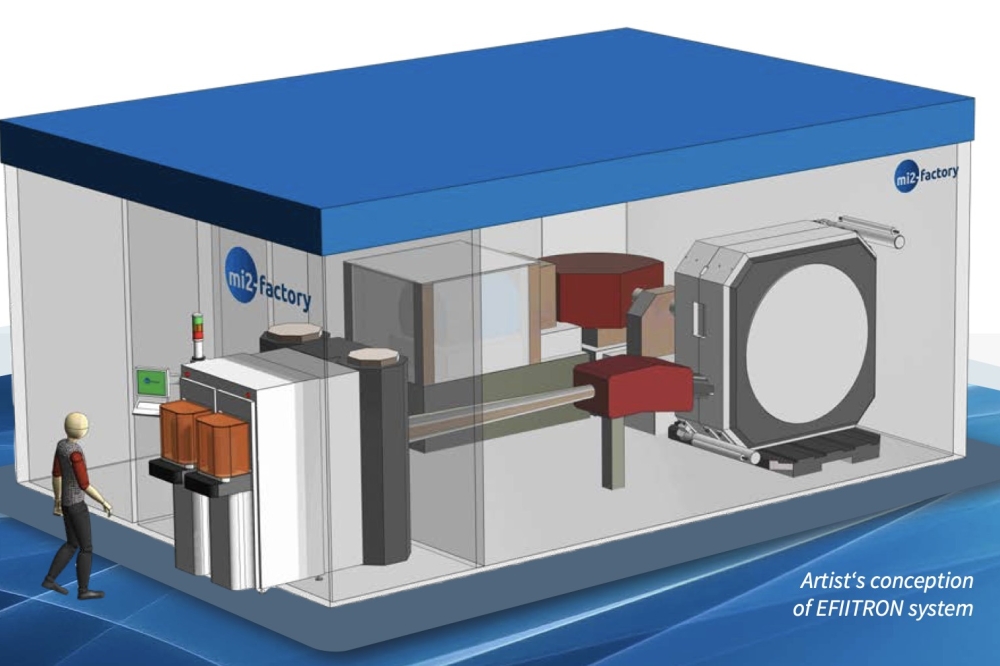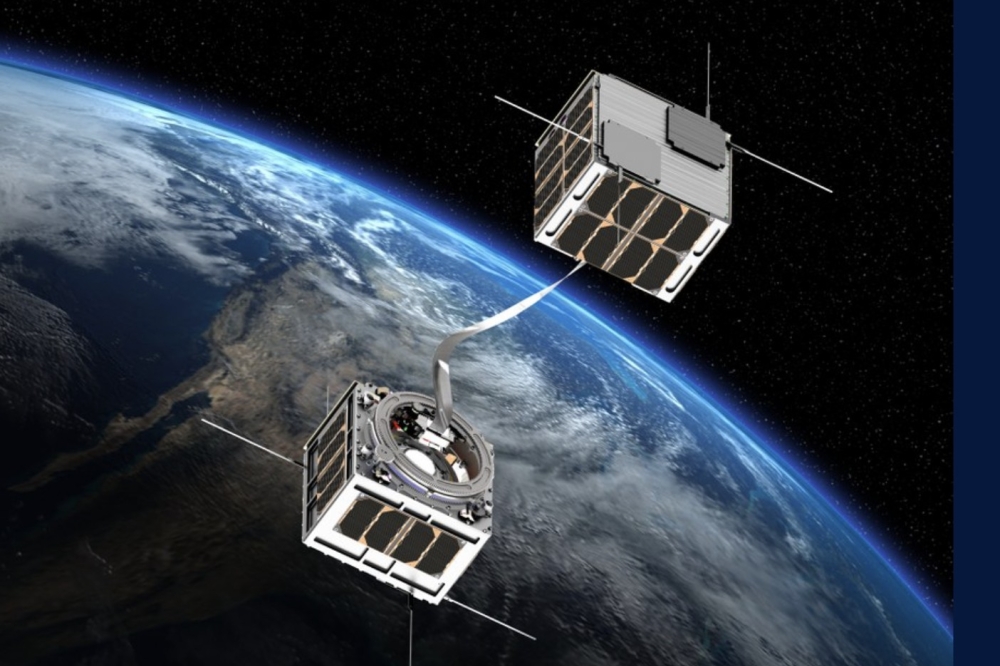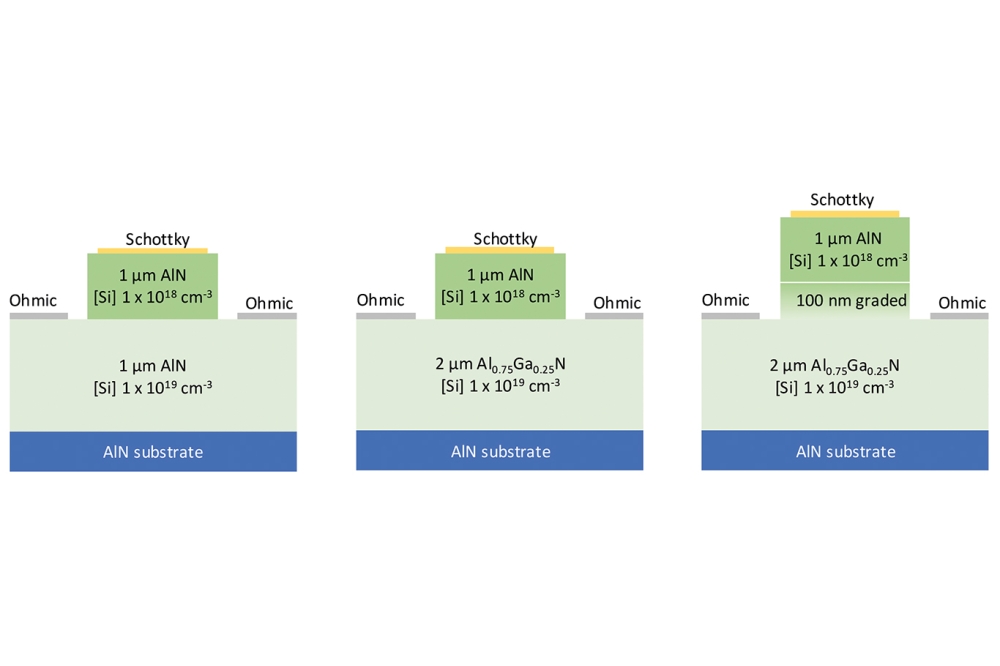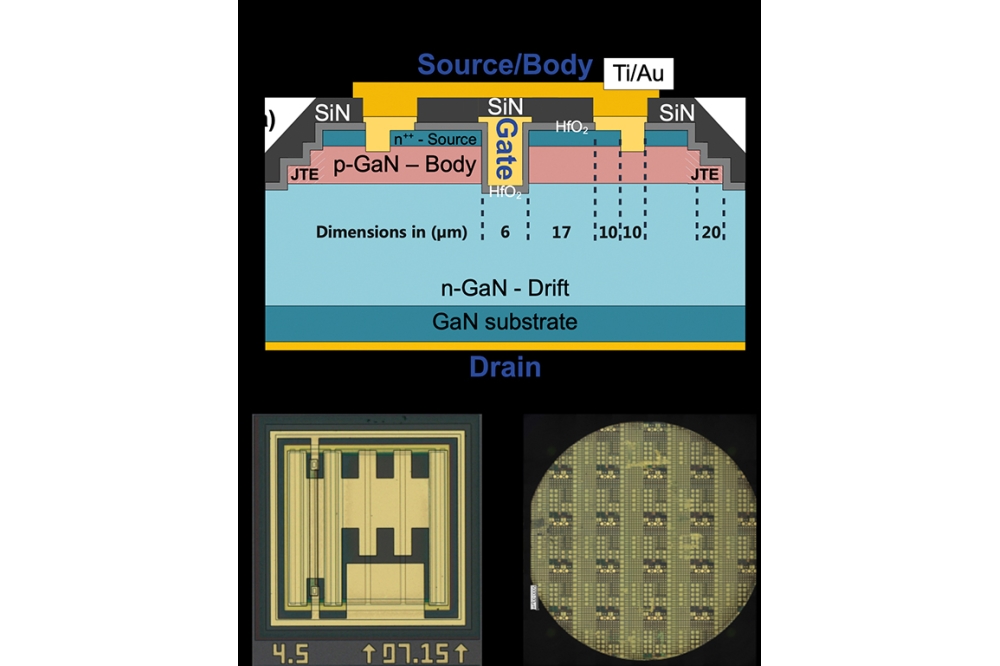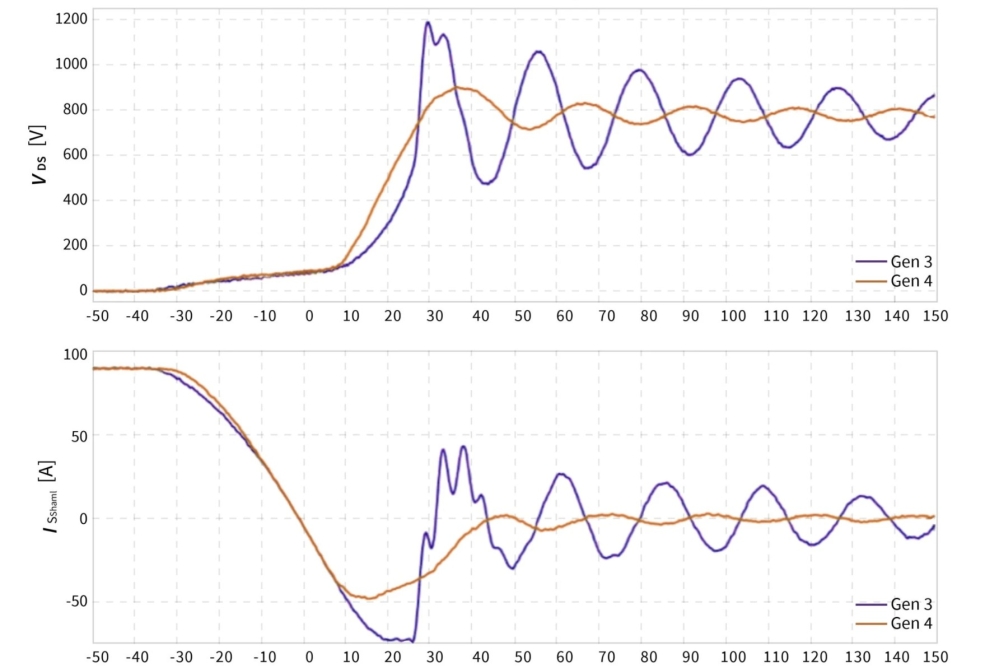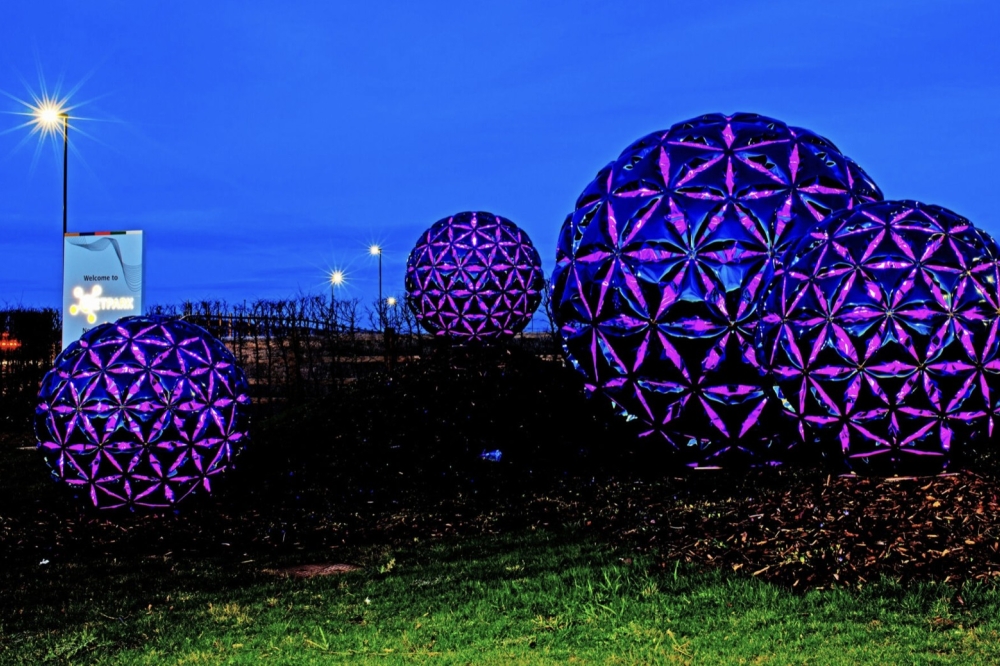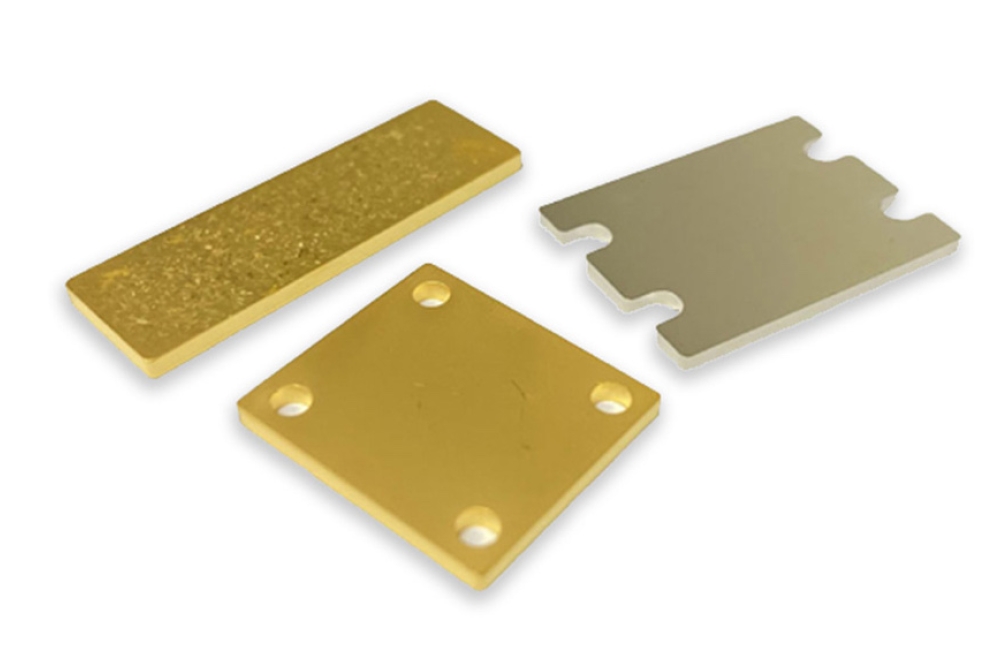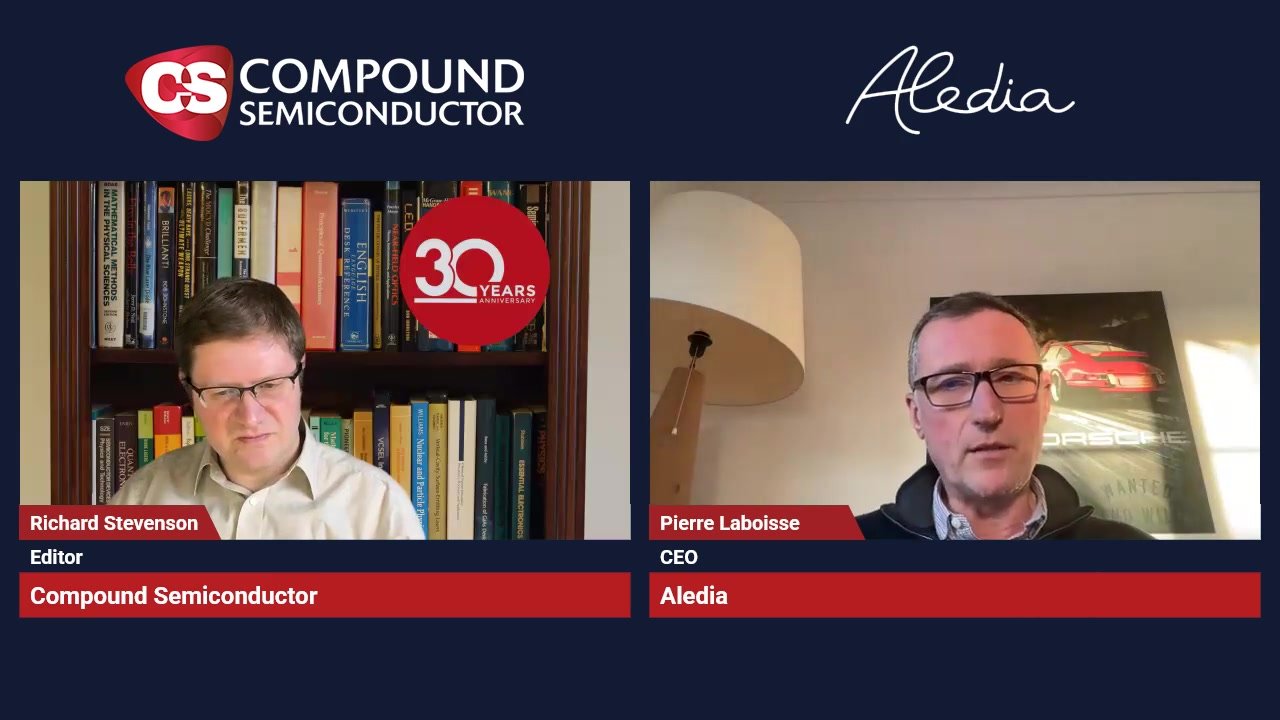Researchers build first room temperature 2D nanolaser

Nanolasers could potentially send information between different points on a single computer chip
Researchers from Arizona State University and Tsinghua University, Beijing, China have built what they think is the first room temperature single layer nanolaser. Details of the new laser, which is made of 2D MoTe2 and silicon, are published in the July online edition of Nature Nanotechnology.
Single layer nanolasers have been developed before, but they all had to be cooled to low temperatures using a cryogen like liquid nitrogen or liquid helium. "Being able to operate at room temperatures opens up many possibilities for uses of these new lasers," said Cun-Zheng Ning, an ASU electrical engineering professor who led the research team.
Lasers this size could potentially send information between different points on a single computer chip or be useful for other sensing applications in a compact, integrated format.
A laser needs two key pieces "“ a gain medium that produces and amplifies photons, and a cavity that confines or traps photons. While such materials choices are easy for large lasers, they become more difficult at nanometer scales for nanolasers. The choice of two-dimensional materials and the silicon waveguide enabled the researchers to achieve room temperature operation. Excitons in MoTe2 emit in a wavelength that is transparent to silicon, making silicon possible as a waveguide or cavity material.
The laser is pumped by a continuous-wave excitation, with a threshold density of 6.6"…W cm"“2. Its line-width is as narrow as 0.202"…nm with a corresponding Q of 5,603, the largest value reported for a transition metal dichalcogenide (TMD) laser. This demonstration establishes TMDs as practical materials for integrated TMD"“silicon nanolasers suitable for silicon-based nanophotonic applications in silicon-transparent
Precise fabrication of the nanobeam cavity with an array of holes etched and the integration of 2Dl monolayer materials was also key to the project. Excitons in such monolayer materials are 100 times stronger than those in conventional semiconductors, allowing efficient light emission at room temperature.
"A laser technology that can also be made on silicon has been a dream for researchers for decades," said Ning. "This technology will eventually allow people to put both electronics and photonics on the same silicon platform, greatly simplifying manufacture."
Silicon does not emit light efficiently and therefore must be combined with other light emitting materials. Currently, other semiconductors are used, such as InP or InGaAs which are hundreds of times thicker, to bond with silicon for such applications.
The new monolayer materials combined with silicon eliminate challenges encountered when combining with thicker, dissimilar materials. And, because this non-silicon material is only a single layer thick, it is flexible and less likely to crack under stress, according to Ning.
Looking forward, the team is working on powering their laser with electrical voltage to make the system more compact and easy to use, especially for its intended use on computer chips.
'Room-temperature continuous-wave lasing from monolayer molybdenum ditelluride integrated with a silicon nanobeam cavity', by Yongzhuo Li et al.; Nature Nanotechnology (2017).

